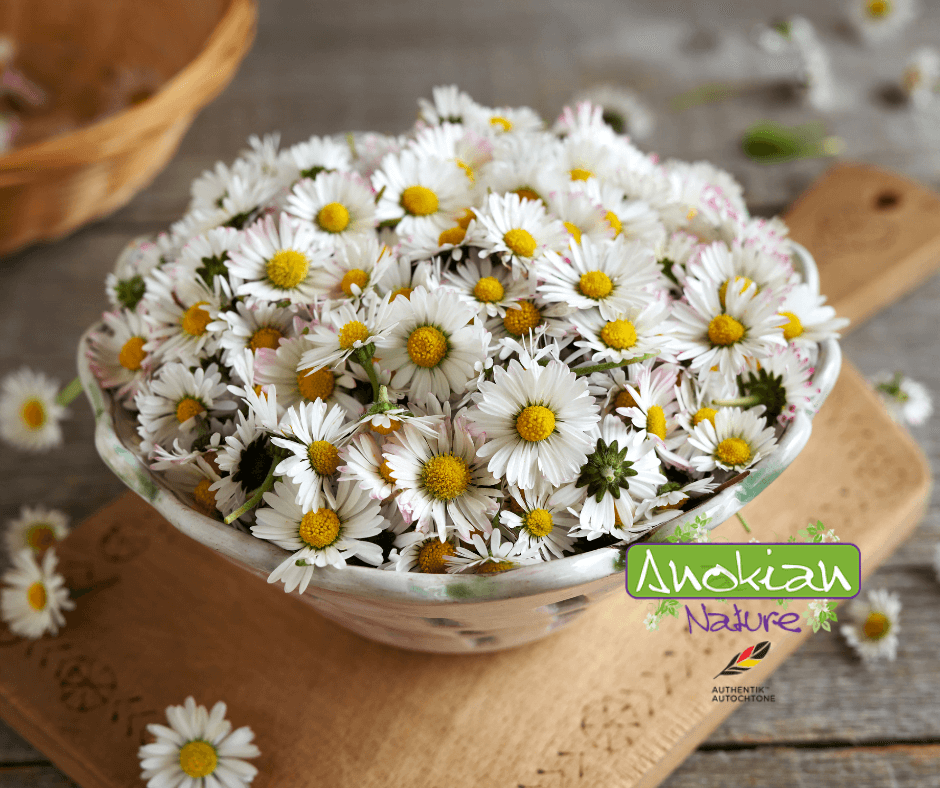Skip to product information










Seeds | Large-flowered Meadow Chrysanthemum
$3.99 CAD
Quantity
Large-flowered Meadow Chrysanthemum seeds, these hardy perennials produce impressive white flowers with yellow centers that attract pollinators. Particularly suited to naturalistic gardens, they bloom abundantly from June to September. Ideal for flowerbeds or flower meadows.